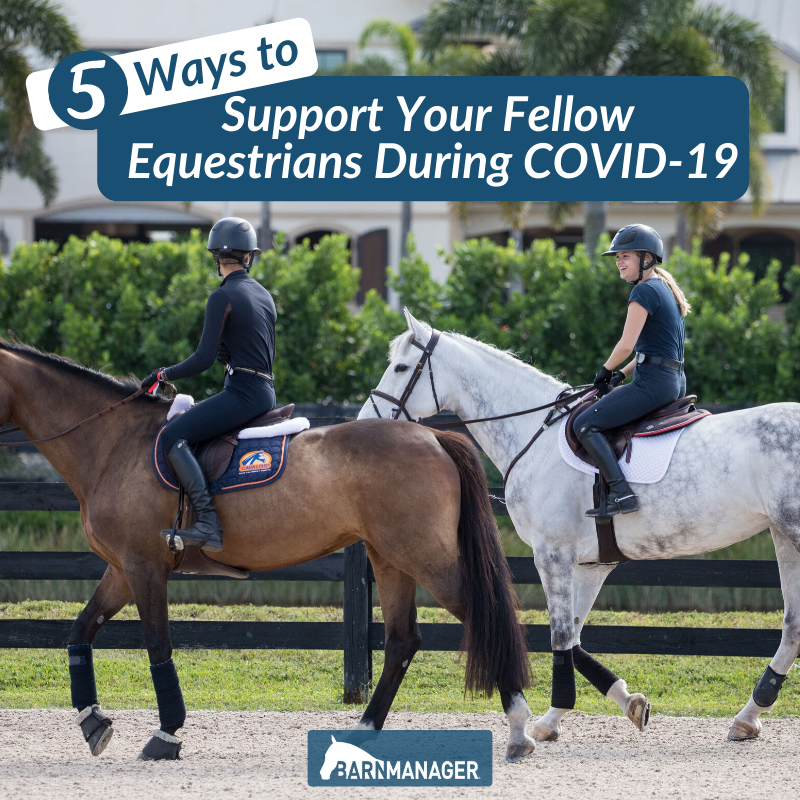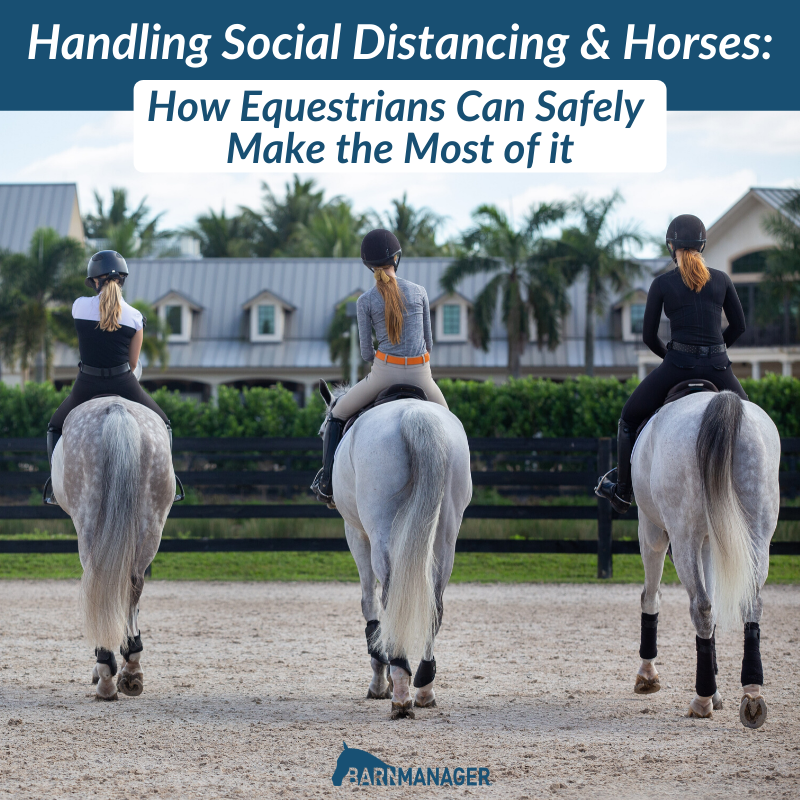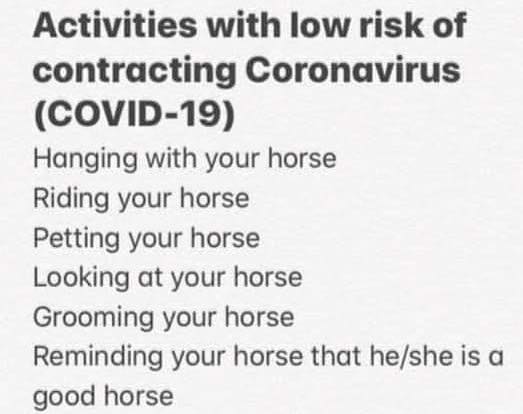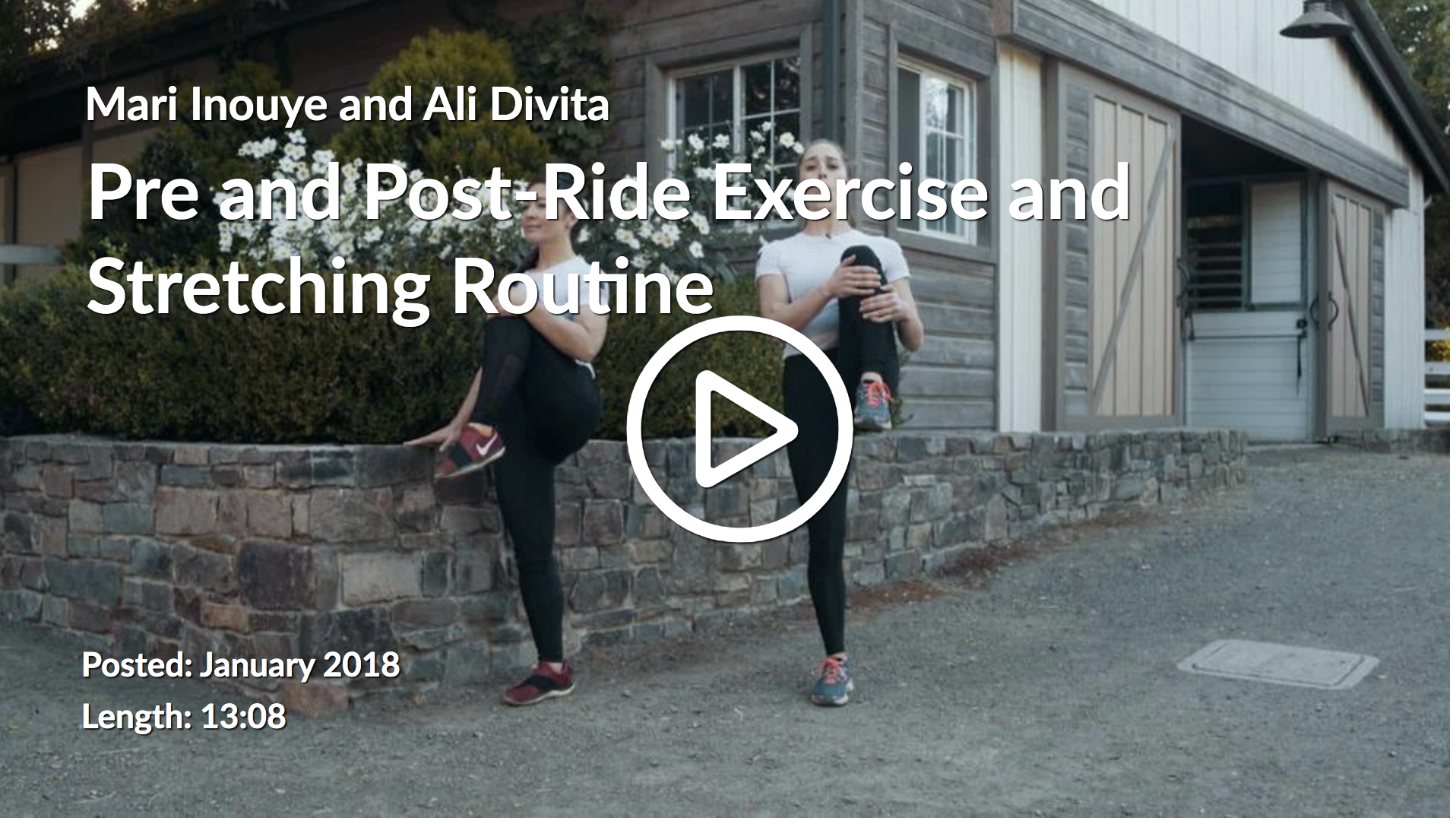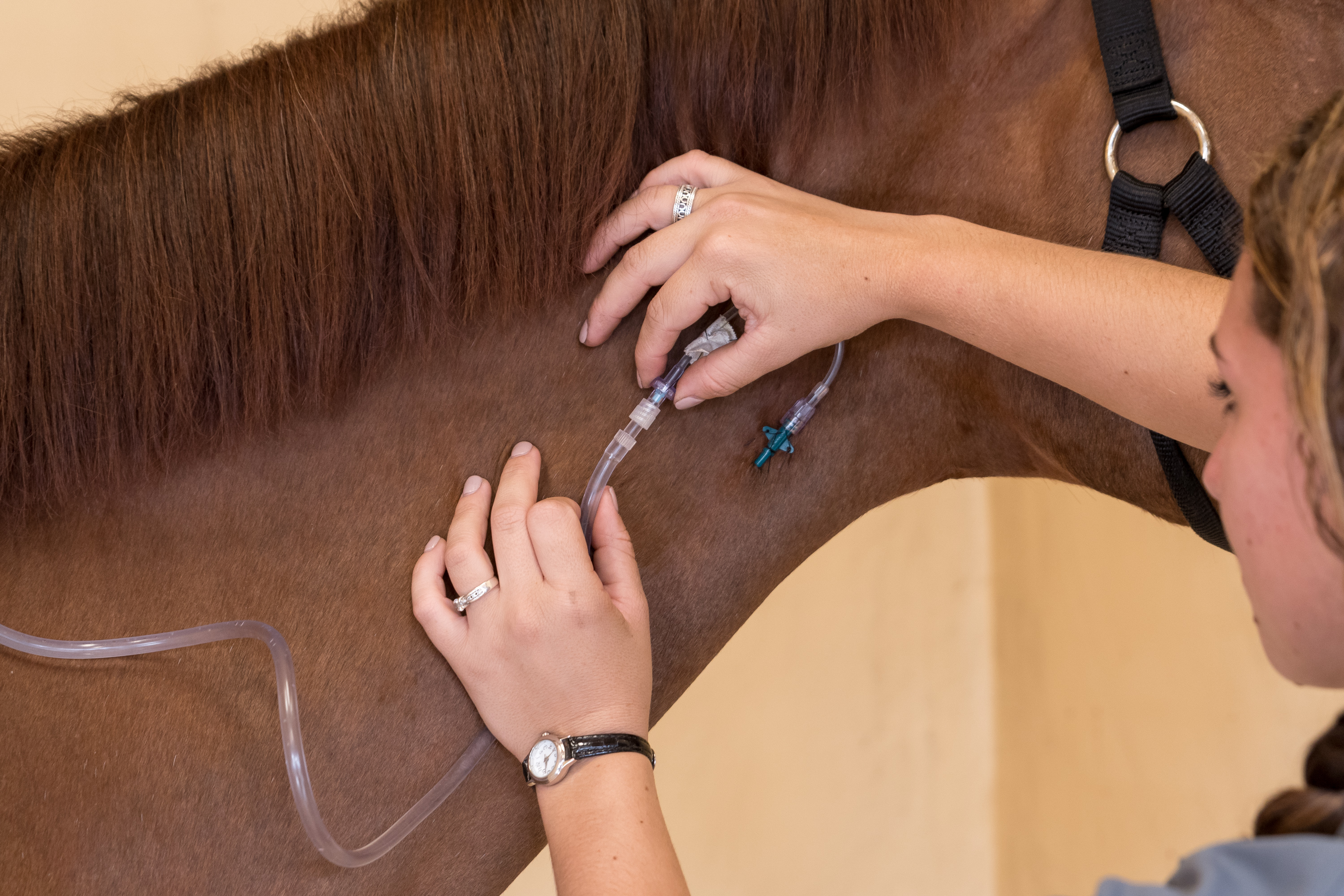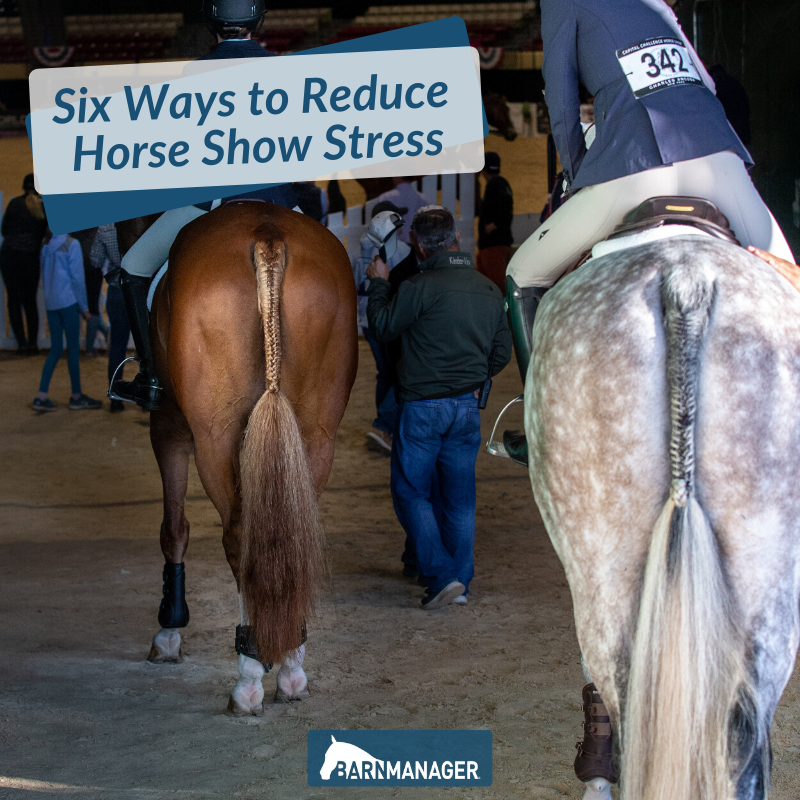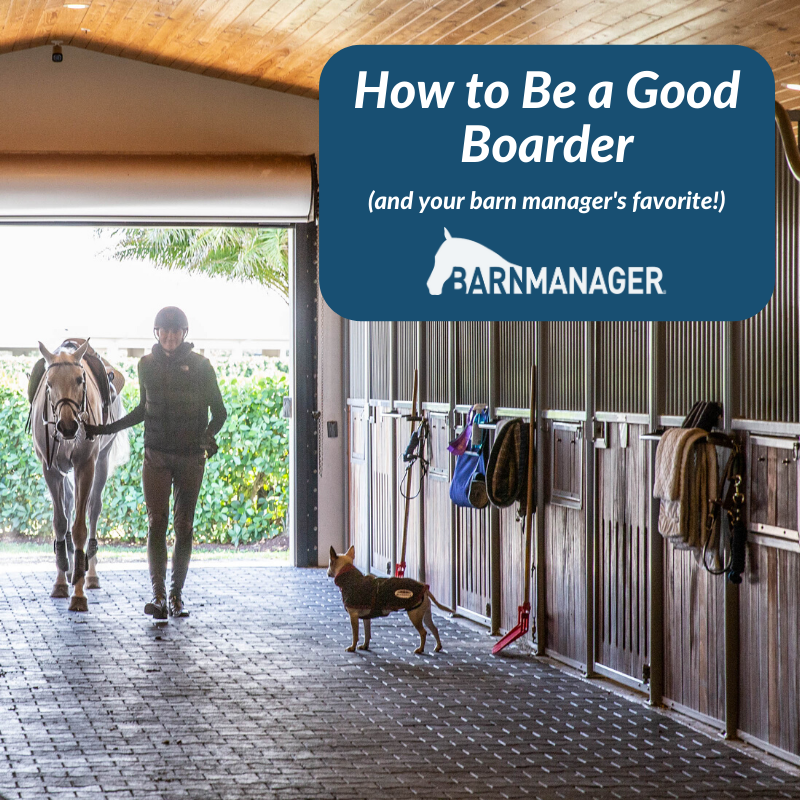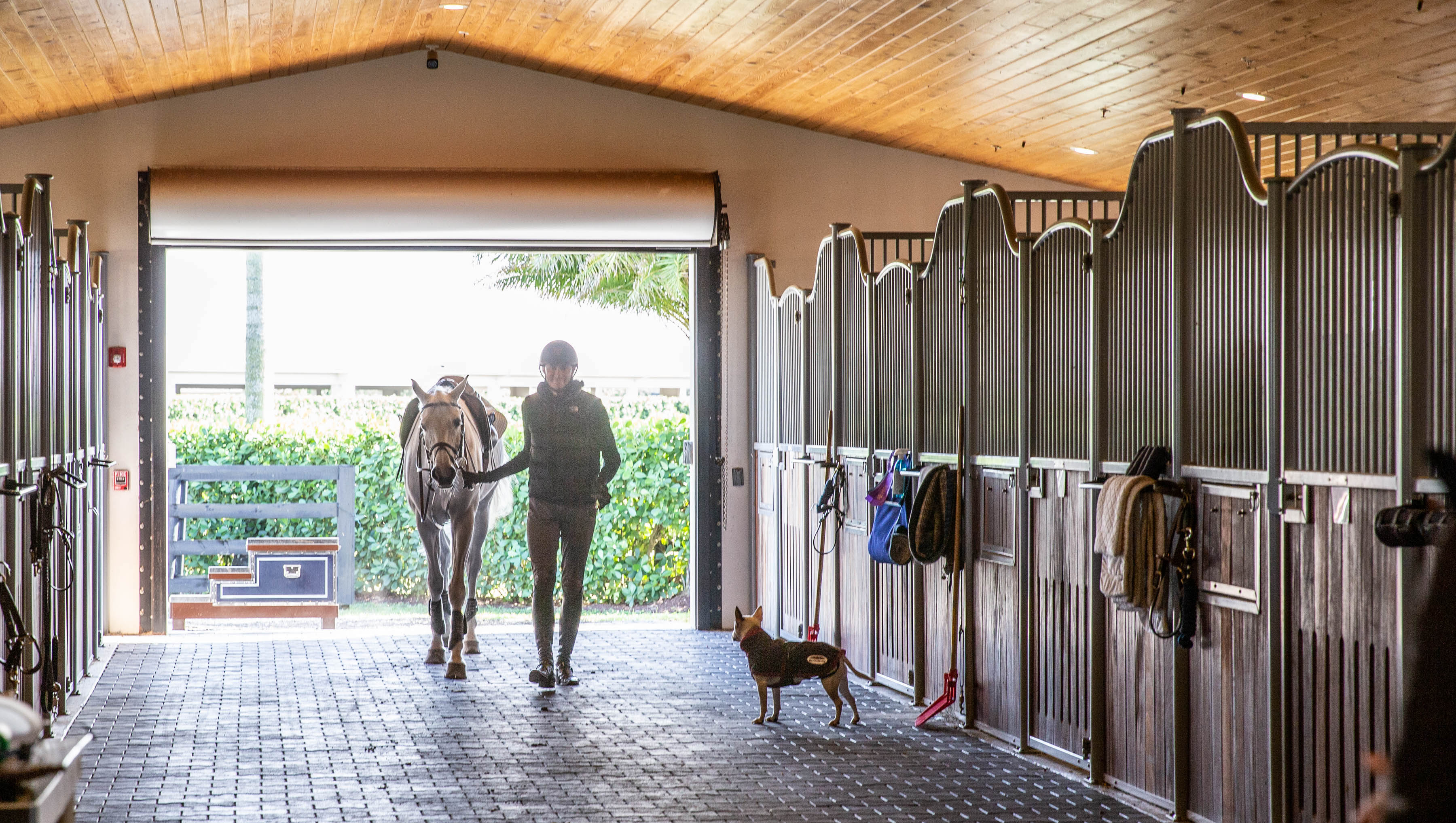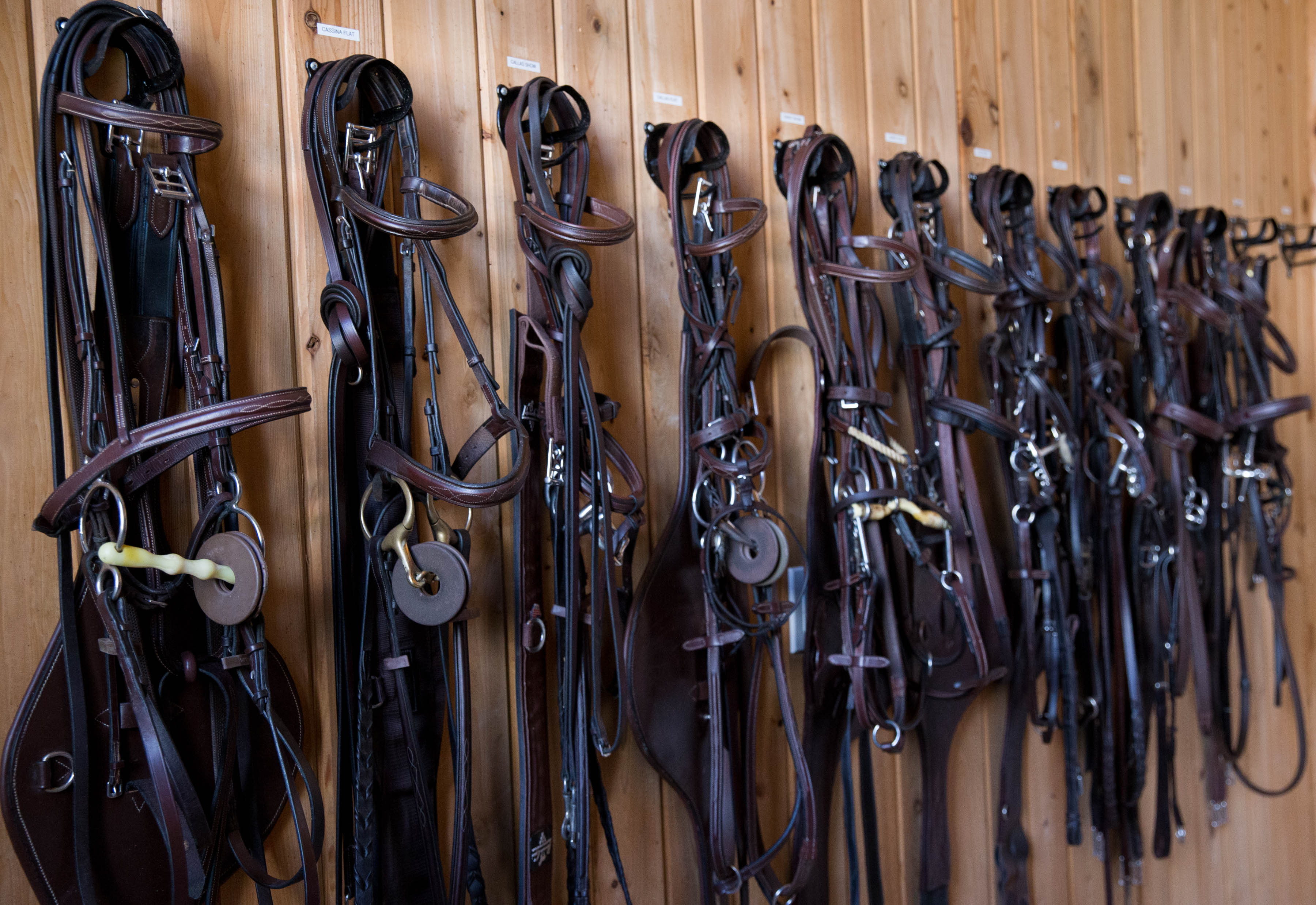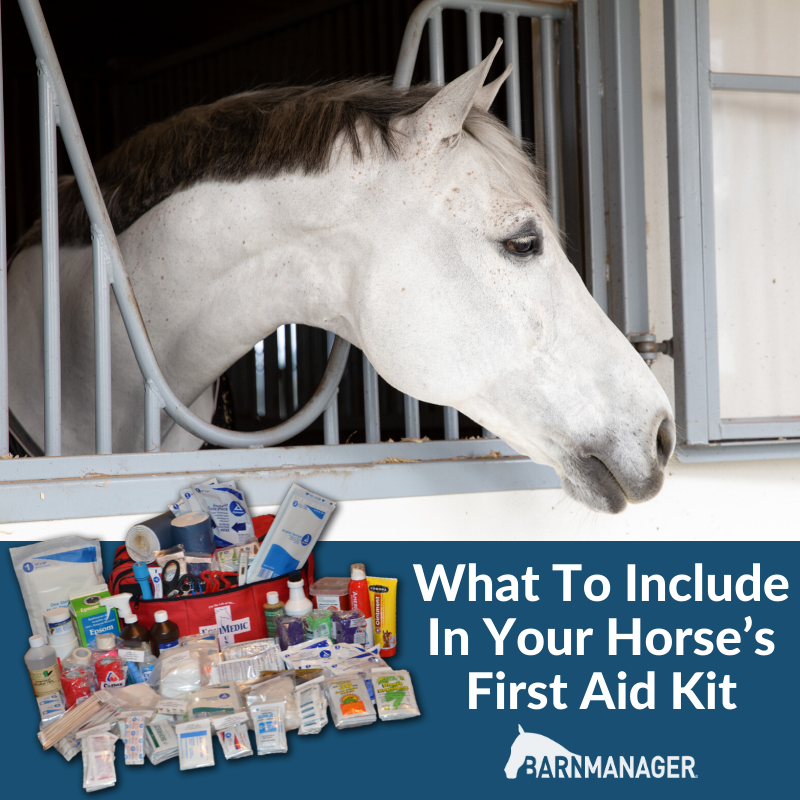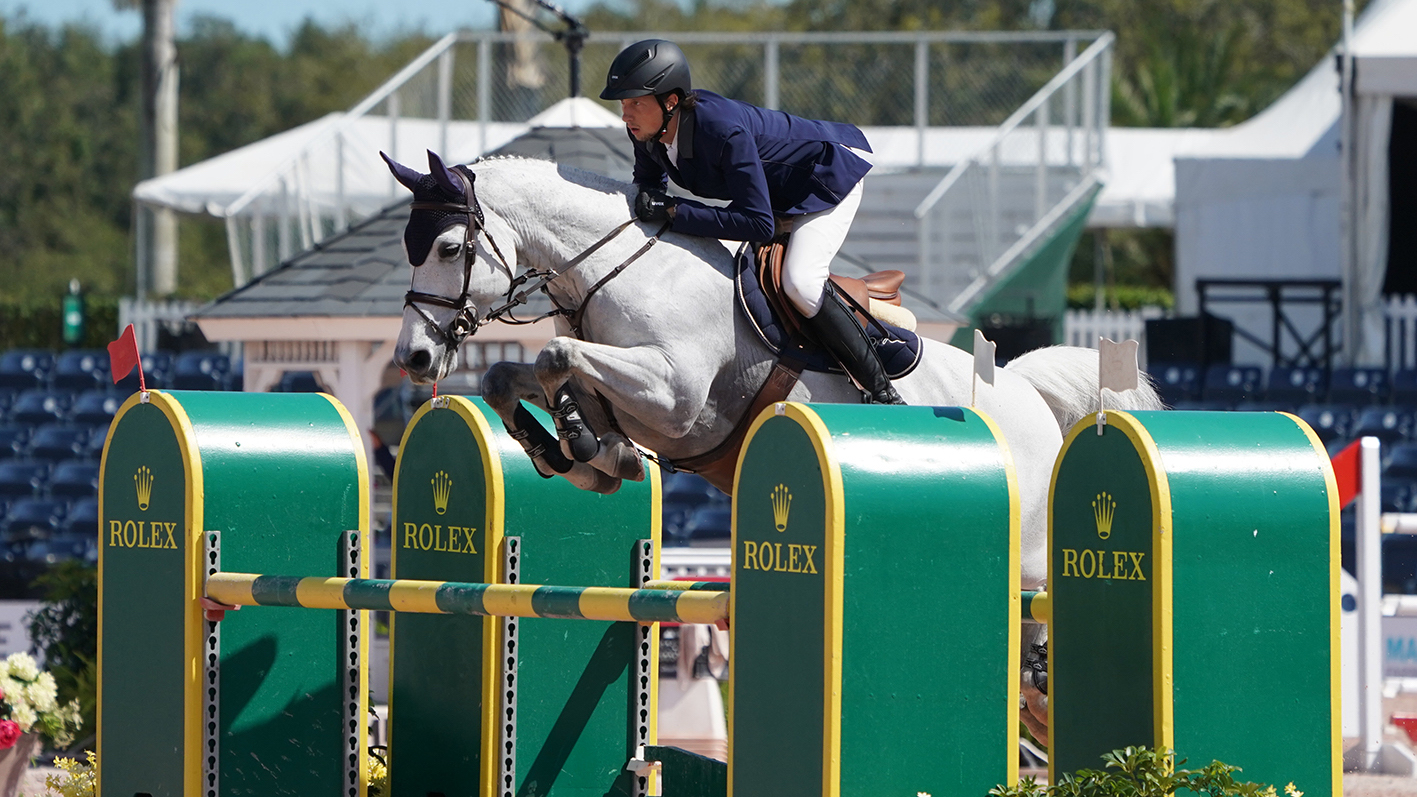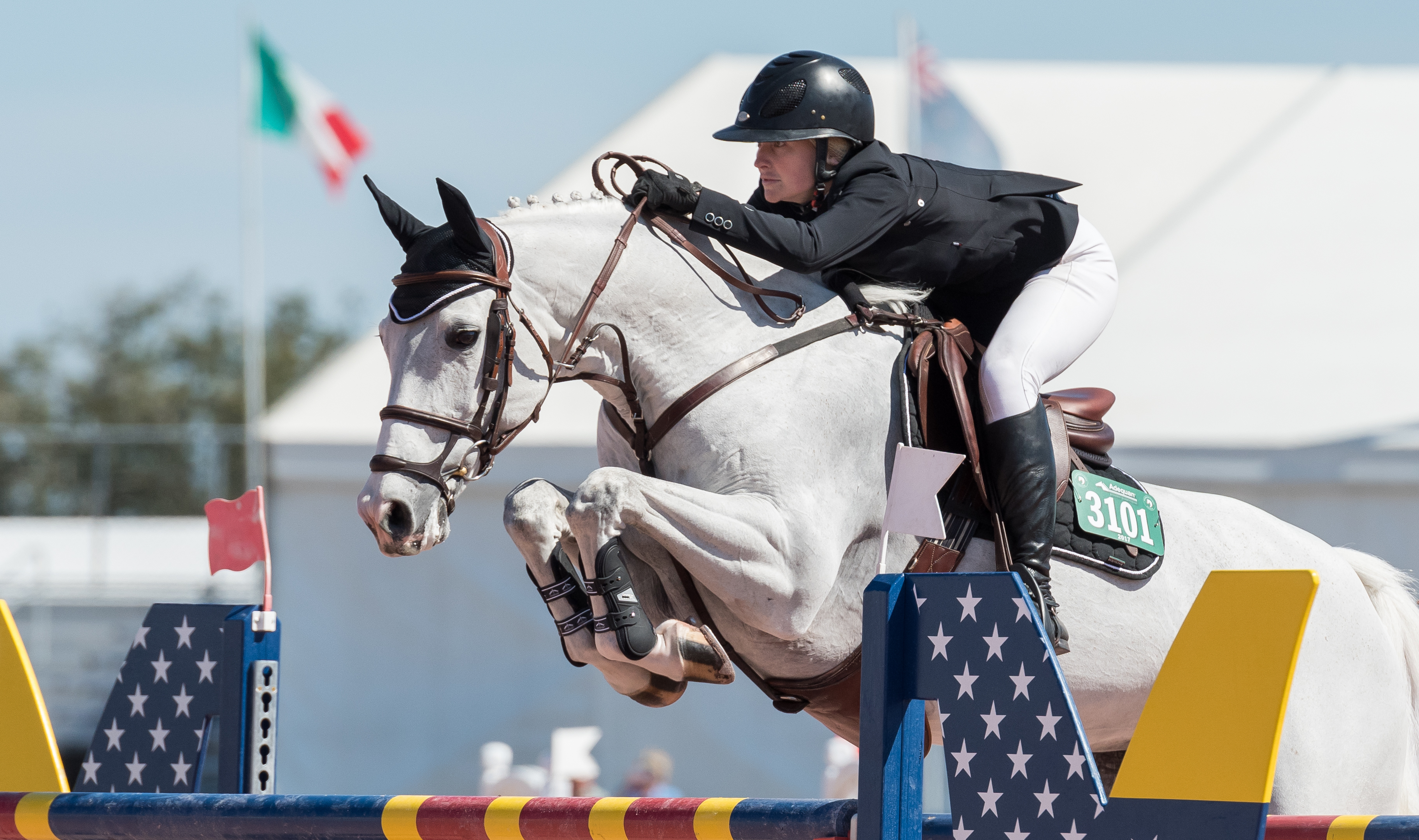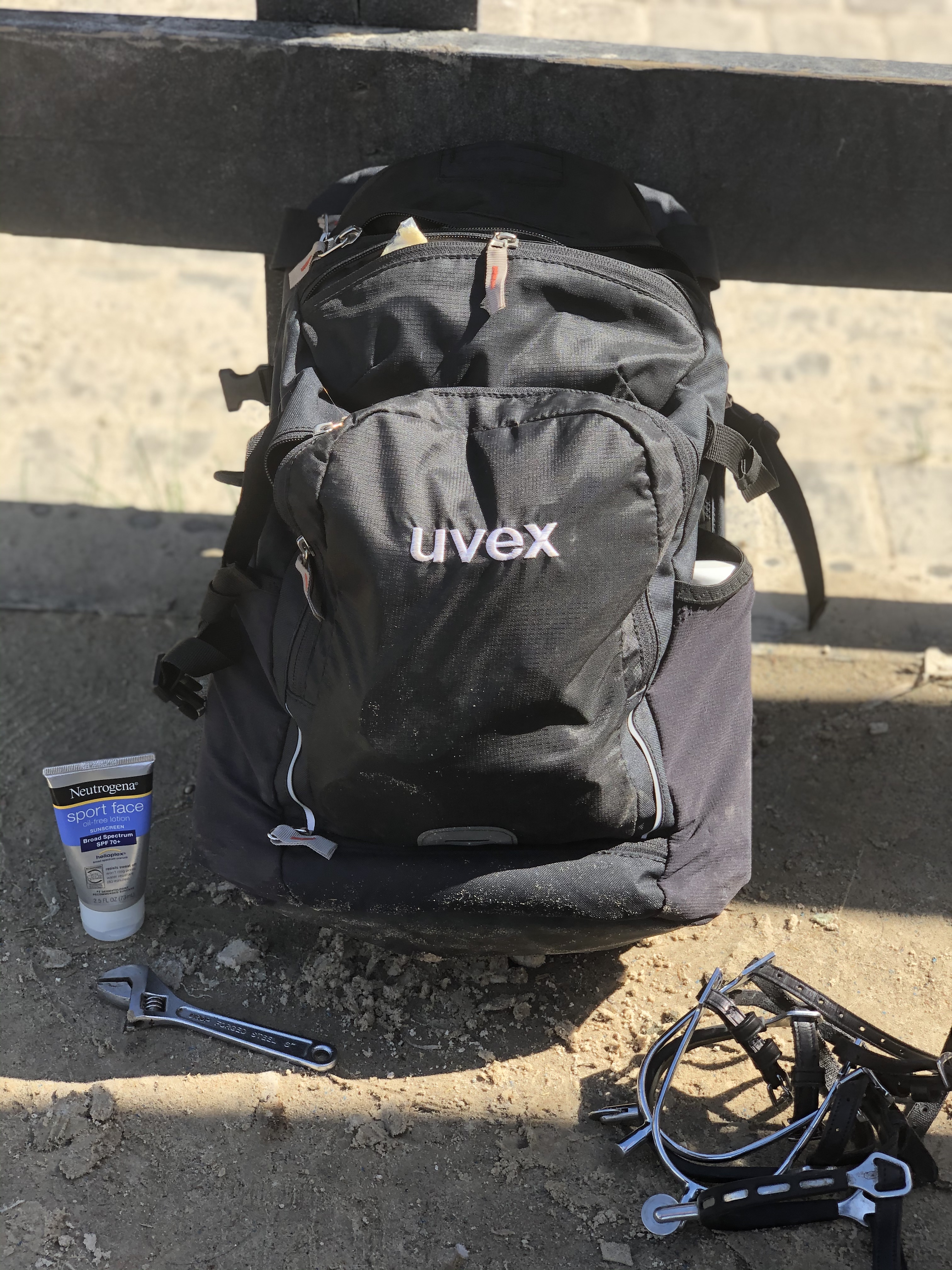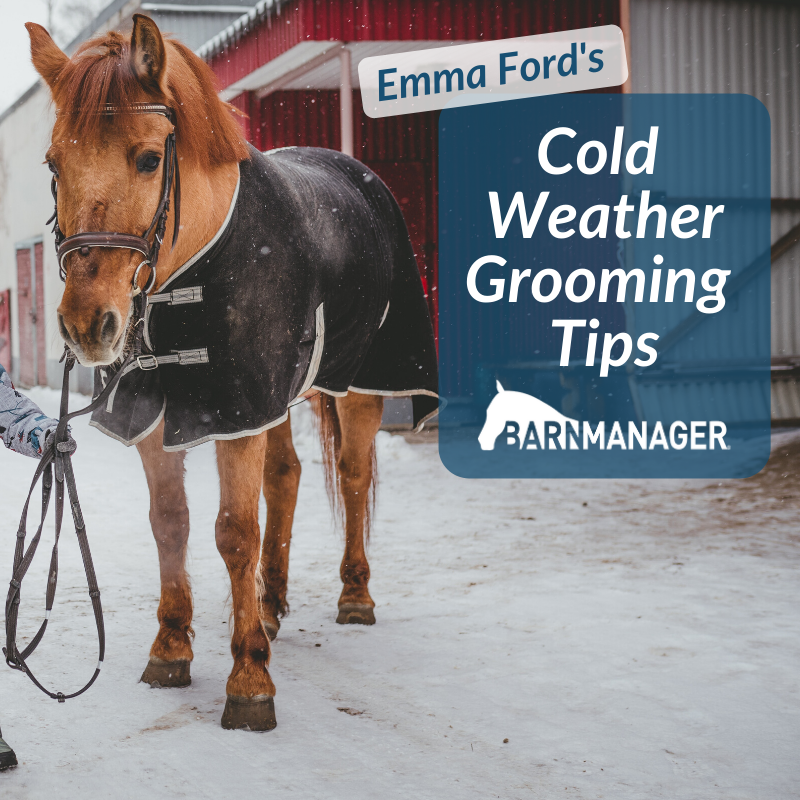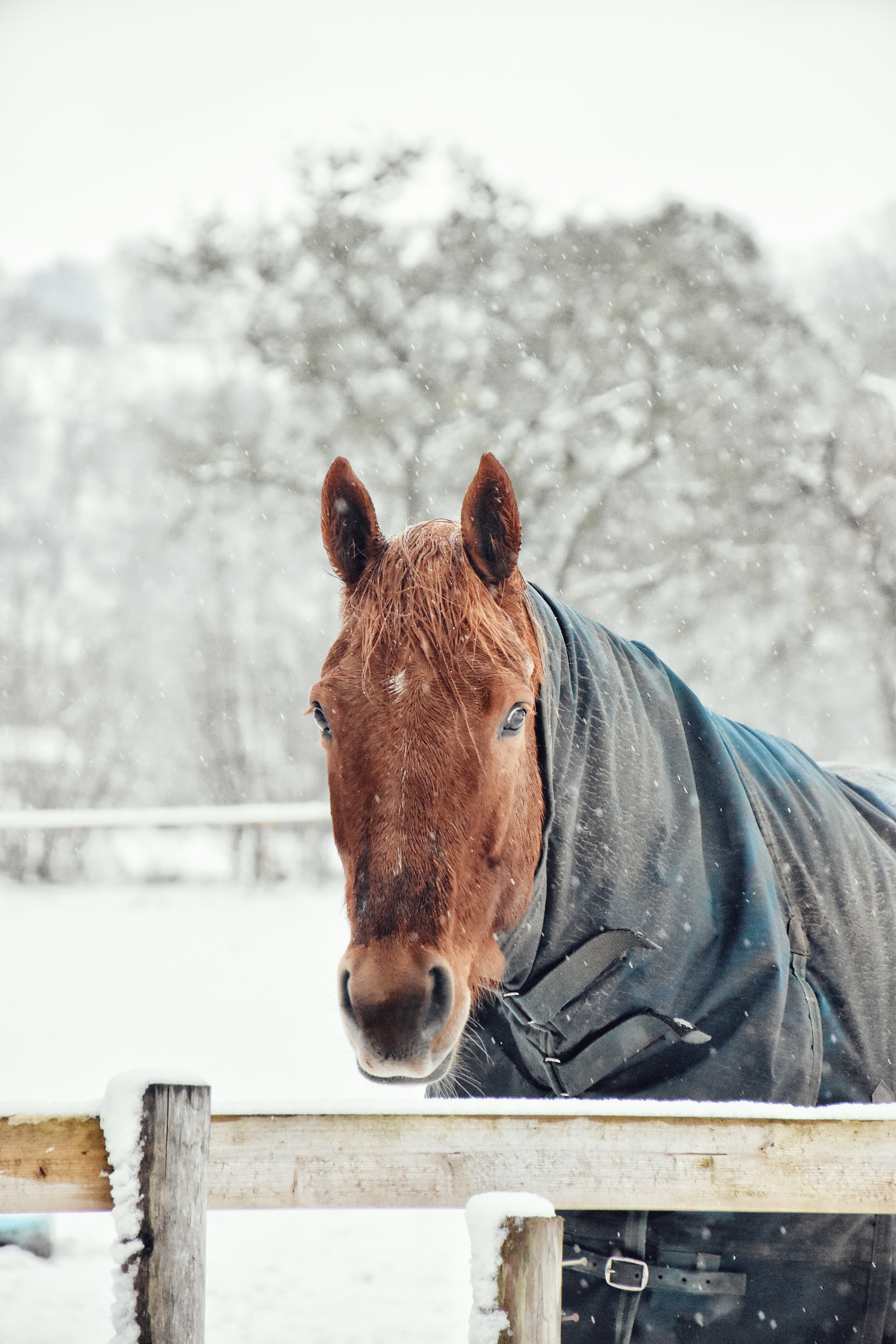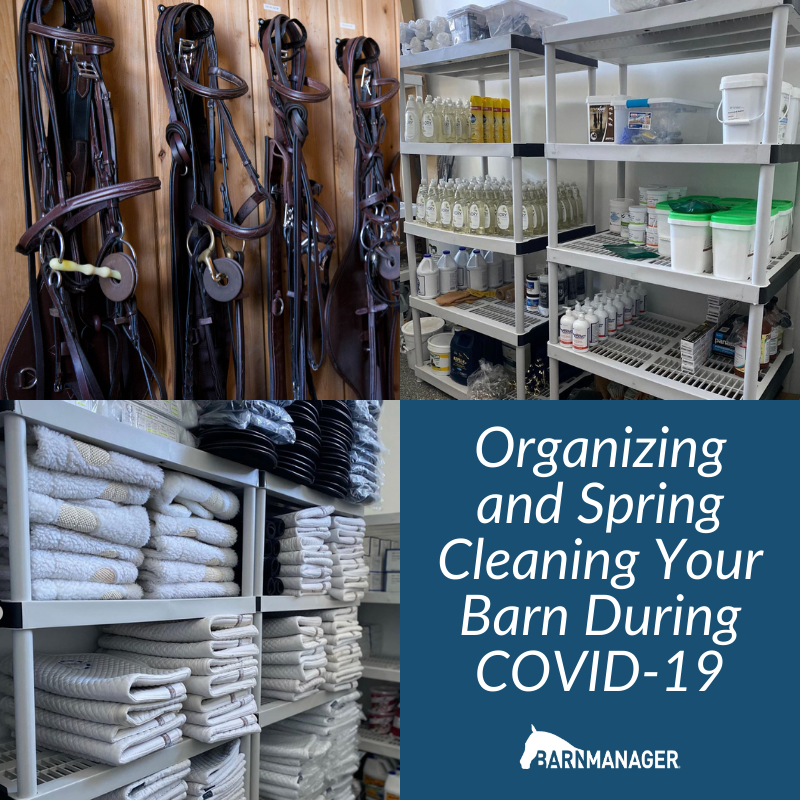 Each year about this time, we like to share a new barn spring cleaning blog post. This year though, things are a bit different, and the checklist of tasks that we typically recommend may not be entirely advisable.
Each year about this time, we like to share a new barn spring cleaning blog post. This year though, things are a bit different, and the checklist of tasks that we typically recommend may not be entirely advisable.
Cleaning out your old riding clothes and taking them to your local tack shop to consign? Not an option during stay at home orders surrounding the COVID-19 pandemic. Getting your horses’ annual Coggins test or having their teeth checked? If it’s not an emergency, it may be best to wait another month or two.
However, with many of us finding ourselves with a bit more time on our hands as we stay safe at home and at our barns, there’s perhaps no better time for getting organized and doing some deep cleaning.
Here are our suggestions and ideas for maximizing this time and handling this year’s barn spring cleaning!
In the Barn
If you own or manage your farm, live onsite, or are still able to safely visit while practicing social distancing, here are a few tasks to tackle.
– Scrub and disinfect all surfaces, particularly those that are frequently touched. – Now is the time to continually sanitize and clean common surfaces such as stall doors, doorknobs, light switches, sink faucets, gates, and crossties.
– Clean out gutters and downspouts. – Clear out any leaves or build-up that may have accumulated over the fall and winter months.
– Clean your fans and check the wiring. – If you live in a cooler climate, your fans have likely been packed away for the winter. Now is a good time to get them out of storage, clean them, and ensure that all is in working order. ProEquineGrooms suggests using a leave blower to blow any dust and debris out of the fan.
– Inspect your pastures. – Walk the perimeter of all pastures to check the fencing and locate any weak or broken spots. Thoroughly clean any run-in sheds, and walk your fields and fill in any holes.
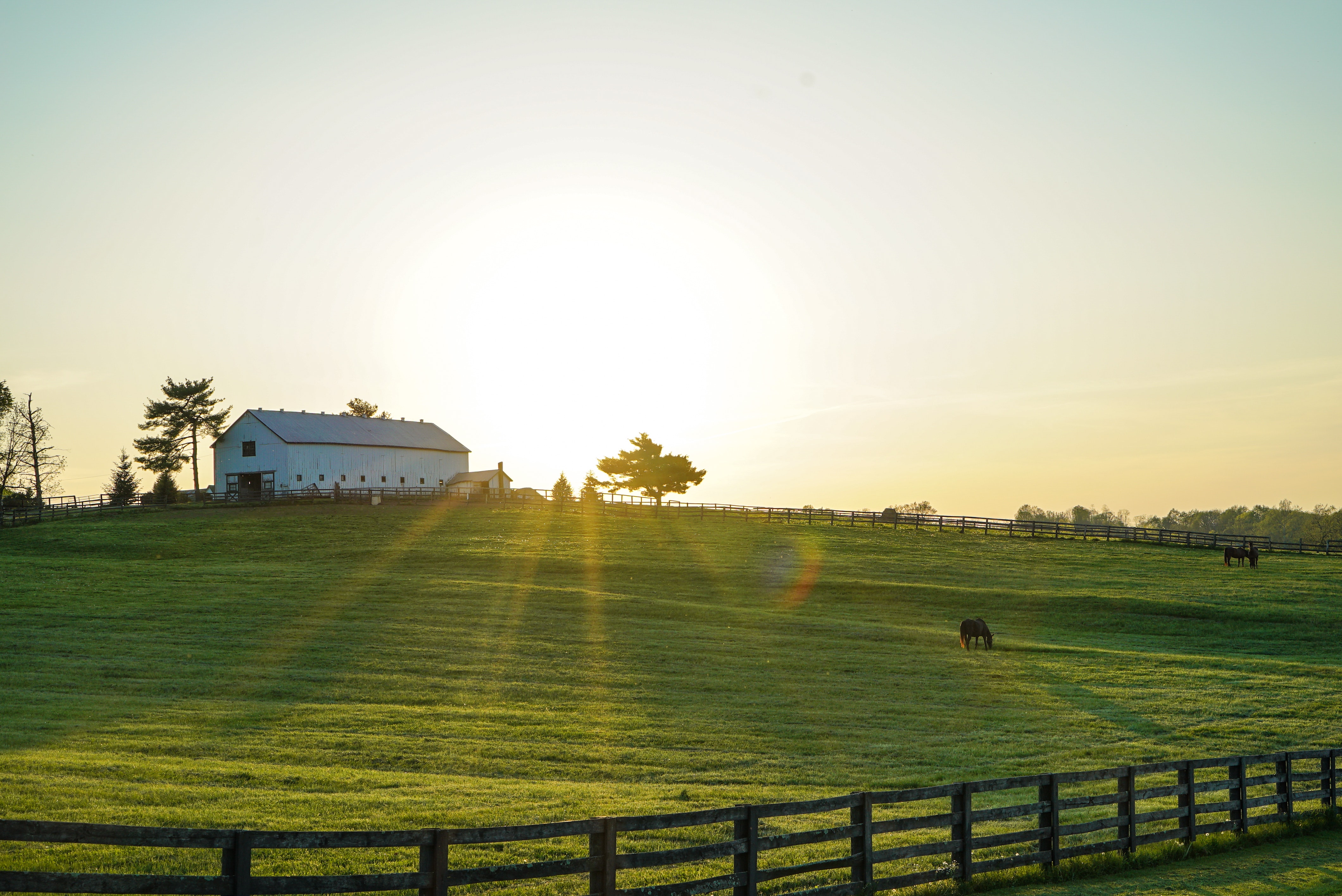
– Send blankets out for cleaning and repair. – By the end of the winter, it’s likely that your horse’s sheets and blankets are in need of a deep cleaning! There are many services available that allow you to ship your blankets to them for repair, and some local services, like Horse Duds & Suds in New Jersey, offer free pickup and delivery from your farm (while maintaining safe distancing!). If you’d rather clean or fix minor repairs yourself, check out this blanket care kit from Schneiders.
– Thoroughly clean your tack. – When was the last time you took your bridle completely apart? Or scrubbed your stirrup irons with a toothbrush? Now is the time to give everything a really thorough cleaning and conditioning.
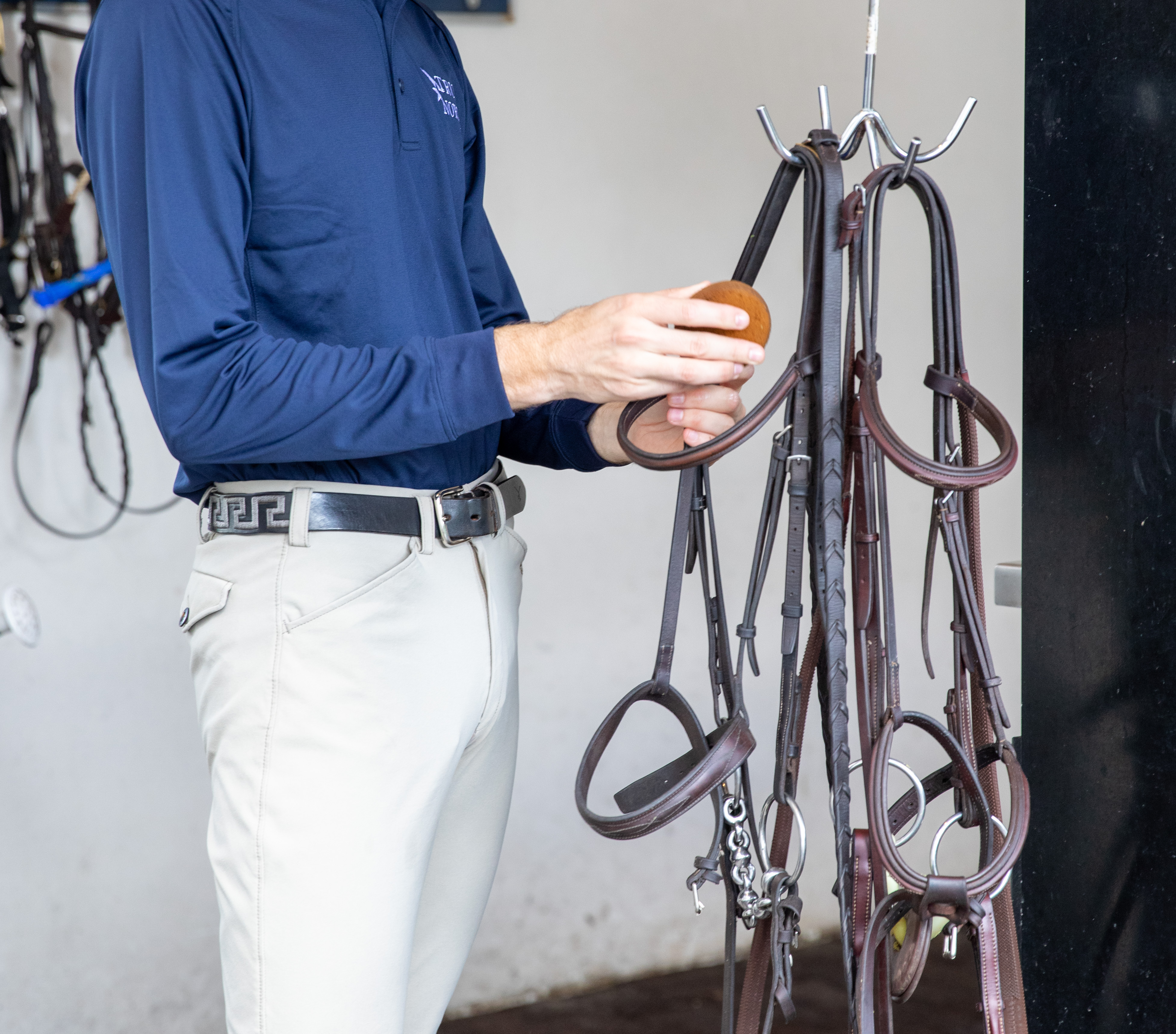
– Scrub your brushes. – As with your tack, now is the time to really scrub your brushes, and, if you haven’t already, to make it a habit of cleaning them routinely. We shared steps and tips for cleaning brushes here.
– Check your horses’ medicine cabinets and restock your vet kits. – Go through any medicines and ensure that none of them are expired, and, if they are looking into getting them replaced or refilled if needed. Review your horses’ first aid kit (that you hopefully have on hand!) and make sure it’s well-stocked and any previously used items have been replenished. Not sure what should be included in your first aid kit? Here are a few of our suggestions.
While You’re at Home
– Go through your closet. – By cleaning out and organizing your riding clothes, you could turn your breeches that no longer fit (because they’re too big, and you lost weight, obviously! ?), into cash toward a new pair. While supporting your local consignment tack shop isn’t presently an option, there are lots of ways to sell your used riding apparel online, like the Grazers app.
– Eliminate paper clutter and organize your horses’ records. – If you currently store your horses’ medical records, farrier invoices, and barn paperwork in binders, folders, or in a giant stack on your desk, now is a great time to consider consolidating them and going digital! With BarnManager, you can snap photos of your records to easily add them to each horse’s profile, and you can sync each profile to the horse’s US Equestrian records to easily pull in other data. Setup a live demo meeting to see how it works, here.
– Order those horse show photos you’ve been meaning to hang in your house. – This is also a great way to support equine photographers during this time. Check out a few other suggested ways to support fellow equestrians throughout COVID-19 here.
– Make your own horse treats. – This may not help with cleaning or organizing, but it will win you brownie points with your horse and provide you with a fun activity for the time at home! Check out a few of our treat recipe ideas here.
